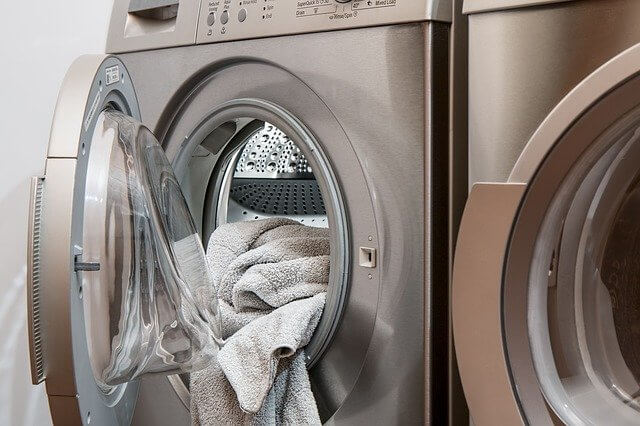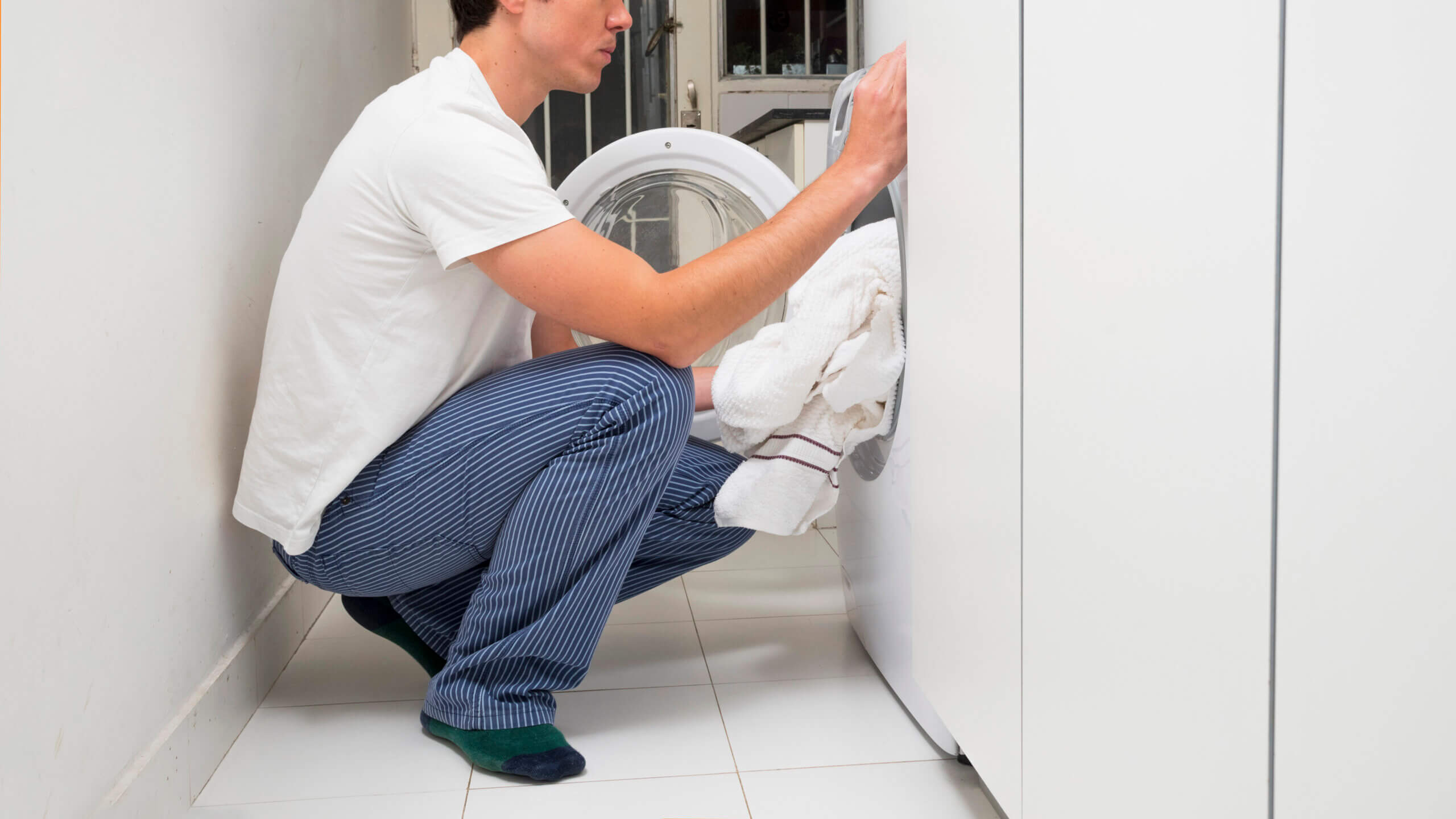Are you looking to buy the best washing machine in India in 2025? If yes, you might wonder, “Which washing machine is better – semi or fully automatic?”
Choosing the right washing machine can be confusing, but don’t worry—we’re here to simplify it.
In this guide, we’ll explore the difference between semi-automatic and fully automatic washing machines, discuss their pros and cons, and help you decide which one best suits your needs.
Let’s find the perfect washing machine for your home!

Types of Washing Machine in India
Modern washing machines are available in two main types:
A fully automatic washing machine is further categorized into:
Related Reading: What is Front Load Washing Machine?

What is a Semi-Automatic Washing Machine?
A semi-automatic washing machine is popular in India because it’s affordable and doesn’t require a continuous water supply.
However, as the name suggests, it’s not entirely automated and requires some manual effort.
How Does a Semi-Automatic Washing Machine Work?
A semi-automatic washing machine has two tubs: one for washing and the other for rinsing. Here’s how it works:
- Fill the washing tub with water and add detergent.
- Once the washing cycle is complete, manually transfer the clothes to the rinse tub for rinsing and drying.
Despite this manual involvement, semi-automatic washing machines have their own set of advantages.
Advantages of Semi-Automatic Washing Machines
- Costs less compared to fully automatic washing machines.
- Consumes less water, as only rinsing requires a continuous flow.
- Lightweight and portable, making them easy to move around.
Disadvantages of Semi-Automatic Washing Machines
- Requires manual effort to transfer clothes between tubs.
- Not as efficient in washing as fully automatic machines.
- Takes up more space due to dual tubs.


